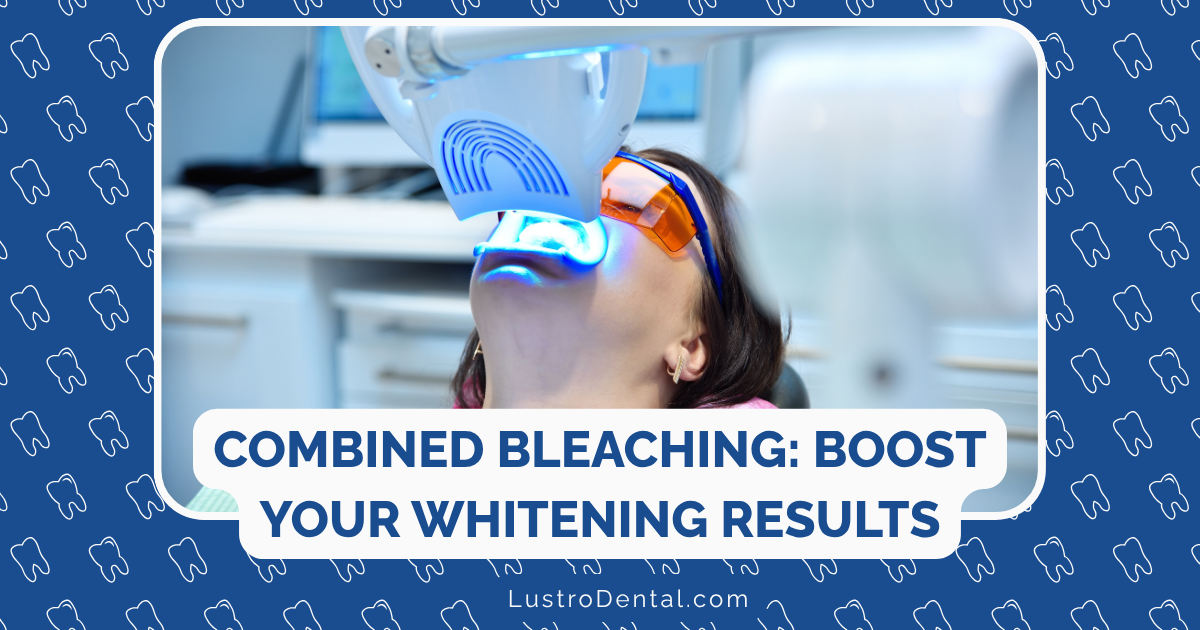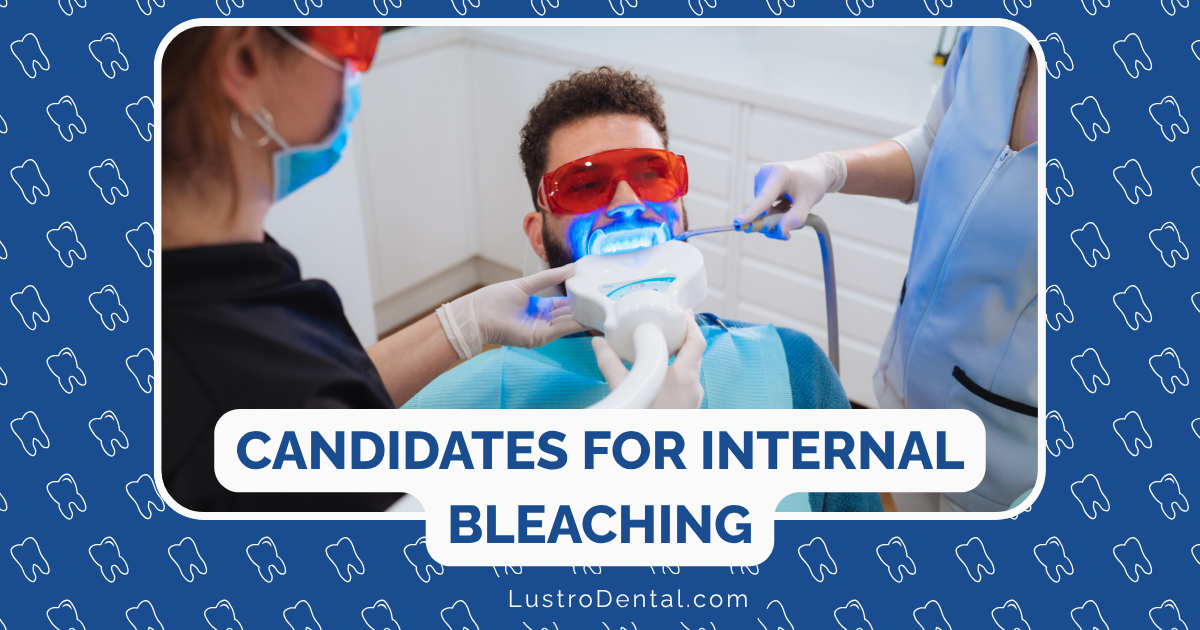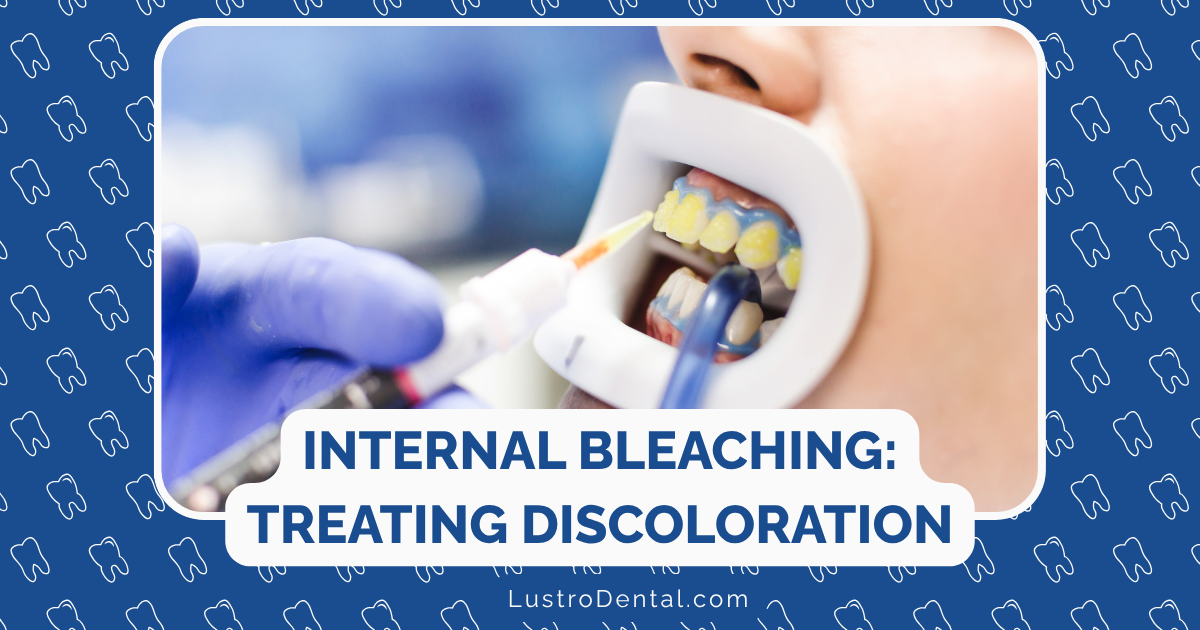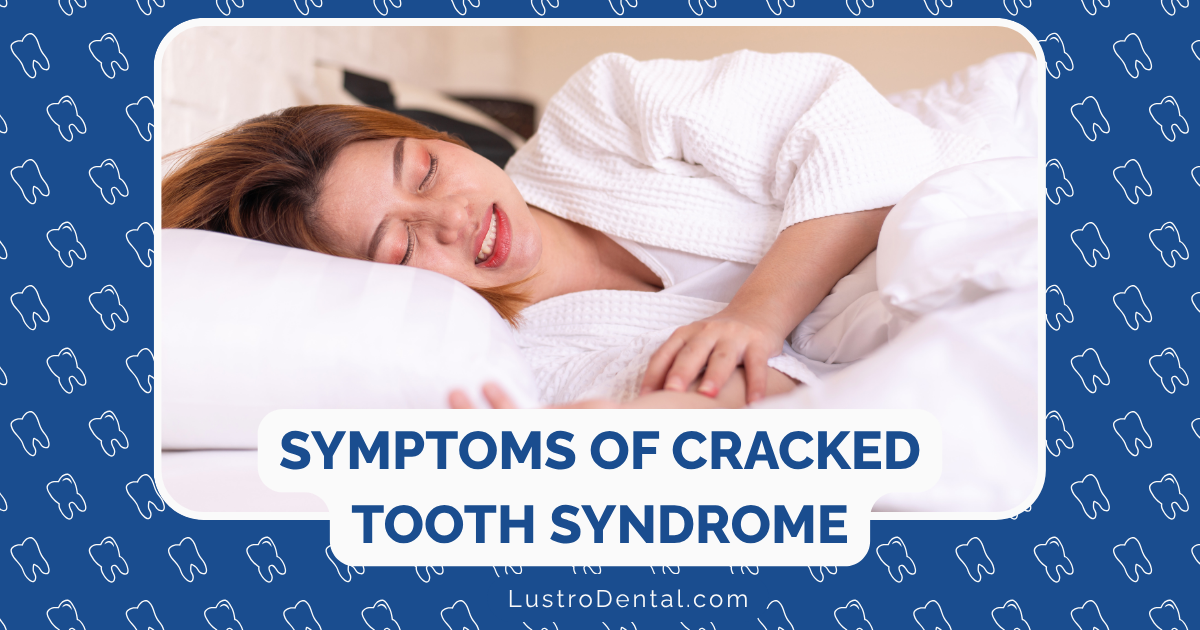Bioactive Materials in Pediatric Pulp Therapy: Advancements Improving Outcomes
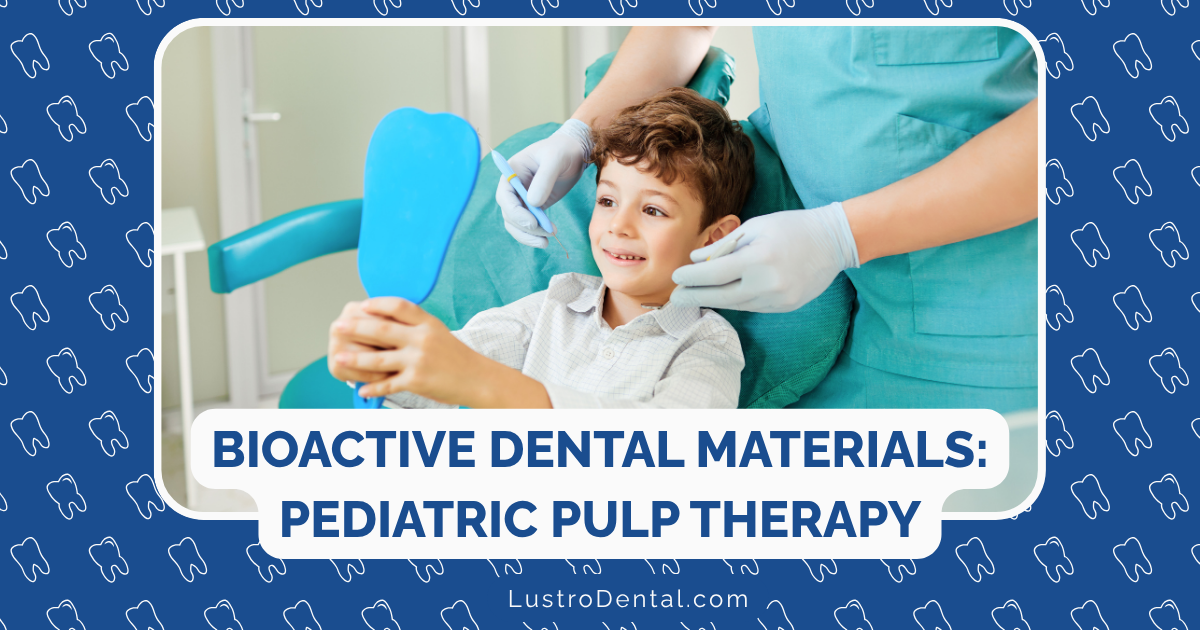
When it comes to treating damaged dental pulp in children’s teeth, we’ve come a long way from the days when extraction was the default solution. Today’s pediatric dentistry embraces a more conservative approach, focusing on preserving natural teeth whenever possible. At the forefront of this evolution are bioactive materials—revolutionary substances that don’t just fill space but actively participate in the healing process.
As someone passionate about dental health education, I’m excited to share how these materials are transforming pediatric pulp therapy and improving outcomes for our youngest patients. Let’s explore the science, clinical applications, and future directions of this fascinating field.
Understanding Bioactive Materials: Beyond Passive Fillers
Traditional dental materials like amalgam, composite resins, and even some cements act primarily as passive fillers. They occupy space and provide structural support but don’t interact meaningfully with the surrounding tissues.
Bioactive materials, in contrast, actively engage with the biological environment. Dr. Sarah Johnson, pediatric endodontist at Children’s Dental Research Institute, explains: “These materials don’t just sit there—they communicate with the surrounding tissues, releasing beneficial ions, stimulating cellular responses, and promoting healing.”
The key characteristics that make a dental material “bioactive” include:
- Ion release: Particularly calcium and hydroxyl ions that stimulate mineralization
- Biocompatibility: Minimal or no toxic effects on pulp tissue
- Stimulation of dentin bridge formation: Promoting the body’s natural healing response
- Antibacterial properties: Inhibiting bacterial growth that could compromise healing
- Sealing ability: Creating a tight barrier against microbial invasion
The Evolution of Pulp Therapy Materials
From Calcium Hydroxide to Modern Bioceramics
For decades, calcium hydroxide (CH) was the gold standard for pulp capping and pulpotomy procedures. While revolutionary for its time, CH has limitations, including:
- High solubility leading to material degradation
- Poor sealing ability creating potential for bacterial microleakage
- Tunnel defects in formed dentin bridges
- Declining success rates over time (dropping to 58.7-76.3% after 10 years, according to a 2024 systematic review)
The search for better alternatives led to the development of calcium silicate-based materials, which have dramatically improved outcomes in pediatric pulp therapy.
Modern Bioactive Materials Transforming Pediatric Pulp Therapy
1. Mineral Trioxide Aggregate (MTA)
Often considered the first true game-changer in bioactive dental materials, MTA was approved by the FDA in 1997 and remains a benchmark against which newer materials are compared.
Composition: Primarily tricalcium silicate, dicalcium silicate, tricalcium aluminate, and bismuth oxide
Mechanism of Action:
- Releases calcium ions that stimulate dentin bridge formation
- Creates an alkaline environment (pH ~12) that inhibits bacterial growth
- Forms hydroxyapatite when in contact with tissue fluids, enhancing the seal
Clinical Success:
- Success rates exceeding 90% for direct pulp capping
- Superior dentin bridge formation compared to calcium hydroxide
- Excellent biocompatibility with pulp tissue
Limitations:
- Long setting time (2-4 hours)
- Potential for tooth discoloration due to bismuth oxide content
- Challenging handling properties
- Relatively high cost
2. Biodentine
Introduced as a “dentin substitute,” Biodentine has gained popularity for its improved handling characteristics and faster setting time compared to MTA.
Composition: 80.1% tricalcium silicate with added calcium carbonate, zirconium oxide, and a water-based liquid containing calcium chloride
Mechanism of Action:
- Similar to MTA, releases calcium ions and creates an alkaline environment
- Forms an interfacial layer with dentin through mineral tag formation
- Stimulates odontoblastic differentiation and reparative dentin formation
Clinical Success: A 2025 study in the Journal of Clinical Pediatric Dentistry reported impressive success rates for Biodentine:
- 99.38% clinical success at 6 months
- 94.20% at 12 months
- 87.38% at 18 months
Advantages Over MTA:
- Faster setting time (9-12 minutes)
- Improved handling properties
- Less tooth discoloration
- Better mechanical properties
- Similar or better biological responses
Dr. Michael Chen, researcher at Nature Scientific Reports, notes: “Biodentine has emerged as a viable alternative to MTA, offering comparable success rates with some practical advantages that make it particularly suitable for pediatric applications.”
3. TheraCal LC
A unique light-curable resin-modified calcium silicate material, TheraCal LC combines the benefits of calcium silicate with the convenience of light-curing.
Composition: Calcium silicates in a resin matrix (45% calcium silicate, 10% radiopaque component, 5% hydrophilic thickening agent, and 45% resin)
Mechanism of Action:
- Releases calcium ions, though at lower levels than pure calcium silicate materials
- Light-curable properties allow immediate restoration
- Forms a protective layer over the pulp
Clinical Applications:
- Primarily used for indirect pulp capping and as a protective liner
- Less commonly used for direct pulp capping due to concerns about the resin component
Considerations:
- Higher in vitro cytotoxicity compared to MTA and Biodentine
- Concerns about potential resin component effects on pulp tissue
- Convenience of light-curing must be balanced against biological considerations
4. NeoMTA Plus and NeoPutty
Newer entries in the calcium silicate family, these materials aim to address some limitations of traditional MTA.
Composition: Refined calcium silicate formula without the bismuth oxide found in traditional MTA
Key Features:
- Reduced risk of tooth discoloration
- Improved handling characteristics
- NeoPutty offers a premixed consistency for easier application
Clinical Performance: A March 2025 study comparing bioactive materials in indirect pulp therapy found:
- NeoPutty showed 91.67% success at 6 months
- Biodentine achieved 83.33% success
- Traditional calcium hydroxide lagged at 58.33%
Clinical Applications in Pediatric Dentistry
1. Indirect Pulp Treatment (IPT)
For deep caries approaching the pulp but without exposure, bioactive materials serve as protective liners that:
- Stimulate tertiary dentin formation
- Create an antibacterial environment
- Seal the dentin-pulp complex from further bacterial invasion
2. Direct Pulp Capping
When small pulp exposures (≤1mm) occur during caries removal or due to trauma:
- Bioactive materials placed directly over the exposure promote dentin bridge formation
- The alkaline pH neutralizes acids and creates a favorable healing environment
- Superior sealing properties prevent bacterial contamination
3. Pulpotomy
For larger pulp exposures or symptoms of reversible pulpitis:
- After removal of the coronal pulp, bioactive materials preserve the radicular pulp
- Materials like MTA and Biodentine show superior outcomes compared to traditional agents like formocresol
- Dentin bridge formation maintains the vitality of the remaining pulp
Dr. Lisa Wong, pediatric dentist at Biodentine Research Institute, shares: “A study indicated that full pulpotomy using Biodentine in cases of irreversible pulpitis achieved a clinical success rate of 98.4% at 6 months, increasing to 100% at 12 months. These are remarkable outcomes that were unimaginable with previous materials.”
4. Regenerative Endodontic Procedures
For immature permanent teeth with pulp necrosis, bioactive materials play a crucial role in:
- Creating a barrier over blood clots or scaffolds
- Providing a biocompatible environment for stem cell migration
- Supporting continued root development and apical closure
Mechanisms Behind the Success
The remarkable outcomes achieved with bioactive materials can be attributed to several key mechanisms:
1. Ion Exchange and Mineralization
Calcium and hydroxyl ions released from these materials:
- Neutralize acid produced by bacteria
- Provide building blocks for mineralization
- Stimulate enzyme systems involved in tissue repair
2. Cellular Signaling
Bioactive materials influence cellular behavior by:
- Promoting odontoblast differentiation
- Stimulating the release of growth factors
- Creating an environment conducive to stem cell migration
3. Antibacterial Effects
The high pH environment created by materials like MTA and Biodentine:
- Inhibits bacterial growth
- Denatures bacterial proteins
- Neutralizes bacterial toxins
4. Superior Sealing
The interaction between bioactive materials and dentin creates:
- Mineral tags that extend into dentinal tubules
- Hydroxyapatite-like crystals at the interface
- A dynamic seal that improves over time
The Future: Emerging Trends in Bioactive Materials
The field continues to evolve rapidly, with several exciting developments on the horizon:
1. Enhanced Delivery Systems
Researchers are developing improved delivery mechanisms for bioactive materials:
- Injectable formulations for better adaptation to irregular cavities
- Controlled-release systems for sustained therapeutic effects
- Premixed formulations that maintain bioactivity while improving handling
2. Tissue Engineering Approaches
The integration of bioactive materials with tissue engineering principles is opening new possibilities:
- Scaffolds loaded with growth factors to guide stem cell differentiation
- Peptide-modified materials that enhance cell attachment and proliferation
- Combination therapies using platelet-rich fibrin (PRF) or concentrated growth factors (CGF)
According to a 2024 study in Bioactive Materials, “Modified dental pulp stem cells (MDPSCs) can promote blood vessel formation and dental pulp tissue regeneration more effectively when combined with growth factors and appropriate bioactive scaffolds.”
3. Bioactive Restorative Materials
The concept of bioactivity is extending beyond pulp therapy to restorative materials:
- Bioactive composites that release calcium and fluoride ions
- Glass ionomer formulations with enhanced remineralization properties
- Hybrid materials that combine the strength of composites with the bioactivity of calcium silicates
4. Smart Materials with Responsive Properties
The next generation of bioactive materials may include “smart” features:
- pH-responsive release of antimicrobial agents when bacterial activity is detected
- Materials that adapt their properties based on the local environment
- Self-healing capabilities to maintain integrity over time
Clinical Implications for Pediatric Patients
The advancements in bioactive materials translate to several important benefits for pediatric patients:
1. More Conservative Treatment Options
With materials that actively promote healing, dentists can:
- Preserve more natural tooth structure
- Avoid unnecessary pulpectomies or extractions
- Maintain the vitality of the pulp whenever possible
2. Improved Long-term Outcomes
The superior performance of bioactive materials means:
- Higher success rates for vital pulp procedures
- Reduced need for retreatment
- Better preservation of primary teeth until natural exfoliation
3. Enhanced Patient Experience
Modern bioactive materials contribute to a better patient experience through:
- Fewer appointments due to higher success rates
- Reduced post-operative discomfort
- Greater preservation of natural tooth function and sensation
4. Better Transition to Permanent Dentition
By successfully preserving primary teeth, bioactive materials help:
- Maintain proper spacing for permanent teeth
- Support normal jaw development
- Prevent the complications associated with premature tooth loss
Making Informed Choices: Considerations for Material Selection
When selecting bioactive materials for pediatric pulp therapy, several factors should be considered:
1. Clinical Situation
- Indirect pulp treatment: Materials like Biodentine or TheraCal LC may be preferred for their handling properties
- Direct pulp exposure: MTA or Biodentine generally show the best outcomes
- Pulpotomy: Biodentine offers an excellent balance of biological properties and handling characteristics
2. Patient Cooperation
- For lengthy procedures, faster-setting materials like Biodentine may be advantageous
- For very young or anxious patients, premixed materials like NeoPutty can reduce chair time
3. Esthetic Considerations
- In anterior teeth, materials without bismuth oxide (like Biodentine or NeoMTA Plus) reduce the risk of discoloration
- When esthetics are critical, a material’s potential for staining must be weighed against its biological properties
4. Cost-Benefit Analysis
While bioactive materials often have higher initial costs, Dr. Robert Wilson, pediatric dental researcher, puts it in perspective: “When you consider the reduced need for retreatment, fewer complications, and better long-term outcomes, the investment in quality bioactive materials is easily justified.”
Conclusion: A Brighter Future for Pediatric Pulp Therapy
The evolution of bioactive materials represents one of the most significant advances in pediatric dentistry in recent decades. These materials have transformed our approach to pulp therapy, allowing us to preserve natural teeth with unprecedented success rates.
As research continues and new materials emerge, we can expect even better outcomes for children requiring pulp therapy. The trend toward materials that not only repair but actively regenerate dental tissues holds particular promise for the future.
For parents, these advancements mean that a diagnosis of deep decay or pulp exposure in their child’s tooth is no longer a cause for despair. With modern bioactive materials, the prognosis for saving these teeth—and maintaining their natural function until they’re ready to exfoliate—is better than ever before.
The field of bioactive materials in pediatric pulp therapy stands as a testament to how science and clinical practice can come together to improve children’s oral health, one tooth at a time.
Have questions about bioactive materials or pulp therapy for your child? Share them in the comments below, and we’ll address them in a future post!



